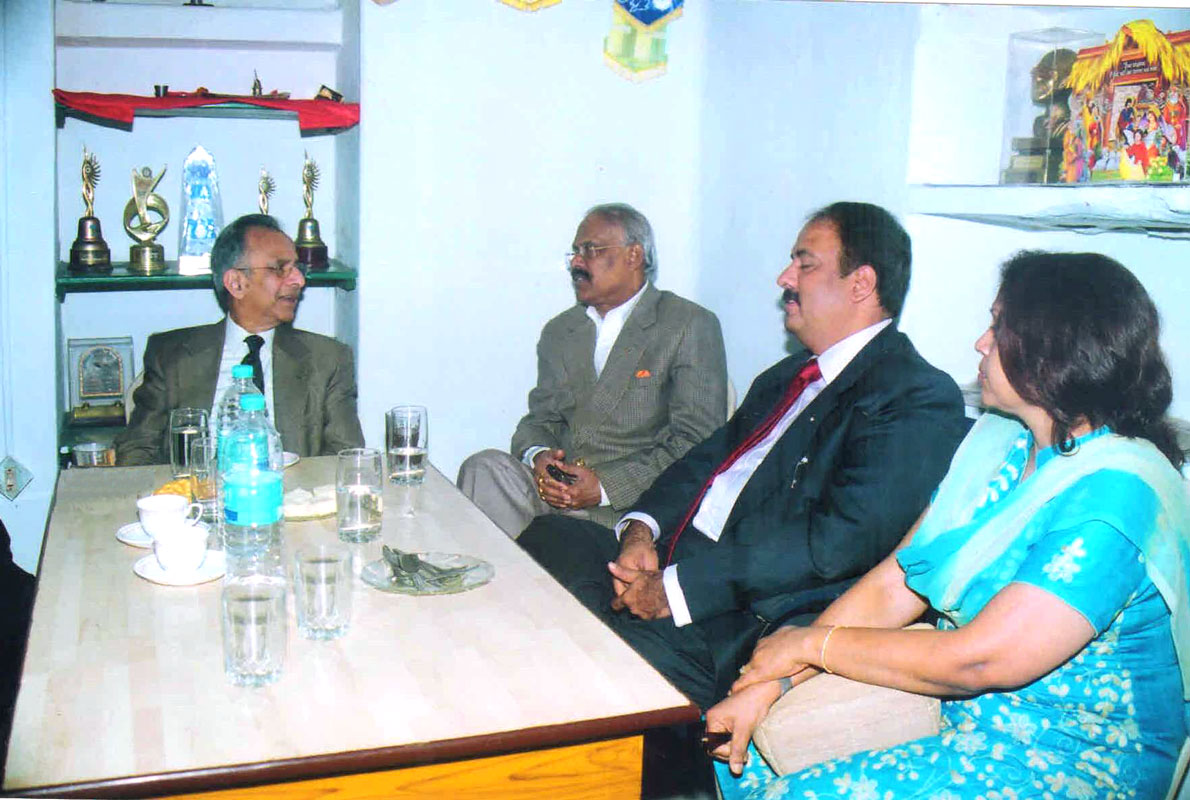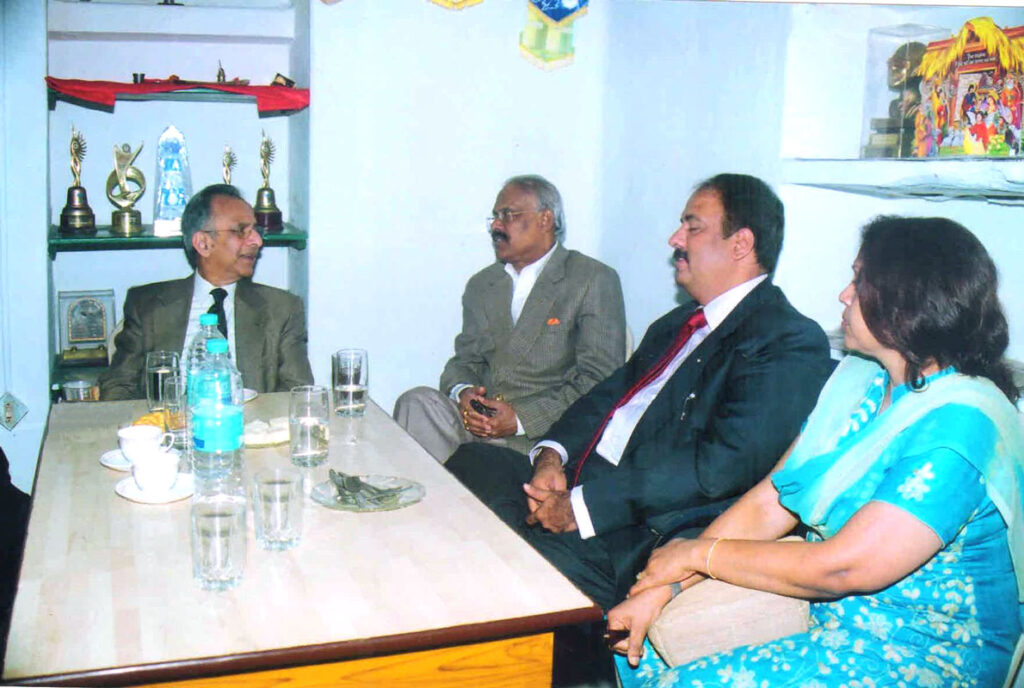In a way, this hospital breathed life into our club which was on the brink of extinction,” says Hira Lal Yadav, member of RC Hooghly, RID 3291, referring to the Rotary Hooghly Eye Hospital, of which he is the chairman.

Rewind to 1998: RC Hooghly, started in 1962, was earmarked for de-charter as its membership had fallen to just eight. The then DG Prabhat Rohatgi recommended withdrawal of the charter and said the club should be shut down. But three members — Yadav, Malay Kr Sadhu and Shiv Mangal Singh — were determined to revive it. “If not for RIPN Shekhar Mehta the club would have been history by now,” says Yadav, who was club president then. Mehta, then DGE, suggested Yadav set up an eye hospital in the locality so that the club’s public image improves and membership increases in the process. “I had no clue how to proceed. Out of eight, four members were above 80 and had health issues. So it was a big challenge but I convinced my team to give it a shot.”

The club rented a building on the banks of Hooghly, renovated it and set up the Rotary Hooghly Eye Hospital in 2000 with a matching grant from TRF. “We faced severe manpower and financial constraints. Binod Khaitan, the then district secretary, and Mehta helped in getting the grant. Samar Das, a member of RC Guildford, UK, contributed liberally,” he recalls.
Dr Manomay Banerjee, a GSE beneficiary and an ophthalmologist, became part of the hospital from its inception and has been performing several complicated surgeries ever since. Free treatment, including IOL surgeries, was provided for the less privileged and others were charged reasonable rates to meet recurring expenses. As the hospital became popular, new members joined the club. A trust was formed to take care of the hospital management.
Fund shortage again
To cater to more patients, the Rotarians began looking for a spacious building. “Again we faced a cash crunch; this time help came in the form of my father-in-law Kartick Chandra Ahir,” he says. During the course of a casual discussion, he offered to sponsor 9,000 sqft land costing ₹8 lakh for constructing a bigger facility. PRIP Kalyan Banerjee laid the foundation stone for the new hospital in May 2006. Construction began in April 2008 and was stopped three months later due to shortage of funds.
During this period several foreign Rotarians visited the old hospital at Bansberia and were brought to the construction site. Michael Ratcliffe from UK, impressed with the hospital’s services, donated £10,000 from his personal savings in Sept 2011, and followed it with another similar amount from UK Rotarians the following month. With another ₹35 lakh by way of donations from local philanthropists and surplus generated from the hospital, construction resumed in Feb 2012. “Initially we planned to build only the ground and first floors (about 10,600 sqft), but the builder Bijay Srivastava offered to construct the second floor on credit, payable within a year.” Construction was completed at a cost of ₹1.98 crore in Dec 2013. And the new facility was inaugurated by PRIP Kalyan Banerjee and Binota in the presence of Mehta.

Many clubs in the UK, USA, France, Canada and Germany supported the club through MGs to equip the hospital with sophisticated equipment to treat glaucoma and retinal ailments. The home club also contributed one-third of the cost of the machinery and surgeries for the poor. A bus was donated by SBI in Kolkata, which is used to conduct screening camps in rural areas and transport patients to and from the hospital after treatment. The hospital restricts its services to 100 patients a day.
Arvind Eye Hospitals, Madurai, is the technical partner and Global Sight Solutions, earlier called Guildford Rotary Eye Project, is supporting the operations for the last 19 years, says Yadav. He has helped establish 18 Rotary eye hospitals across districts 3291, 3262, 3250 and in 3281 and 3282 (Bangladesh), of which 14 hospitals are in RID 3291.
Yadav relates an interesting episode about the Kuchaykot Rotary Eye Hospital in Gopalganj, Bihar (RID 3250). His hometown is in a village on the UP-Bihar border. With no hospitals in the area, people had to travel to Nepal for eye ailments. “So my father, Munshi Prasad Yadav, sold a portion of his farm and gave the money for building a hospital there and even learnt hospital administration.”
Tables turned
Today the club has 15 members actively involved in its various service activities. From a receiving club, RC Hooghly has evolved into one which supports international partners for GGs. “We are supporting eye hospitals in Kulna and Silhet in Bangladesh for their GG to purchase equipment and for Covid grants for RC Singapore.”
The takeaway from this project, he says, is that Rotarians must invite their foreign partners to visit their projects. “If a small club with just eight members can do this, why can’t other clubs,” smiles Yadav who is a Rotarian since 1995 and a past Rotaractor of RAC Triveni.
He now heads a committee to set up 50 Rotary eye hospitals across the country. “When I look back it is unbelievable that the club which was about to be shut down, today is a source of inspiration for Rotarians far and wide, and for me too,” says RIPE Mehta.







